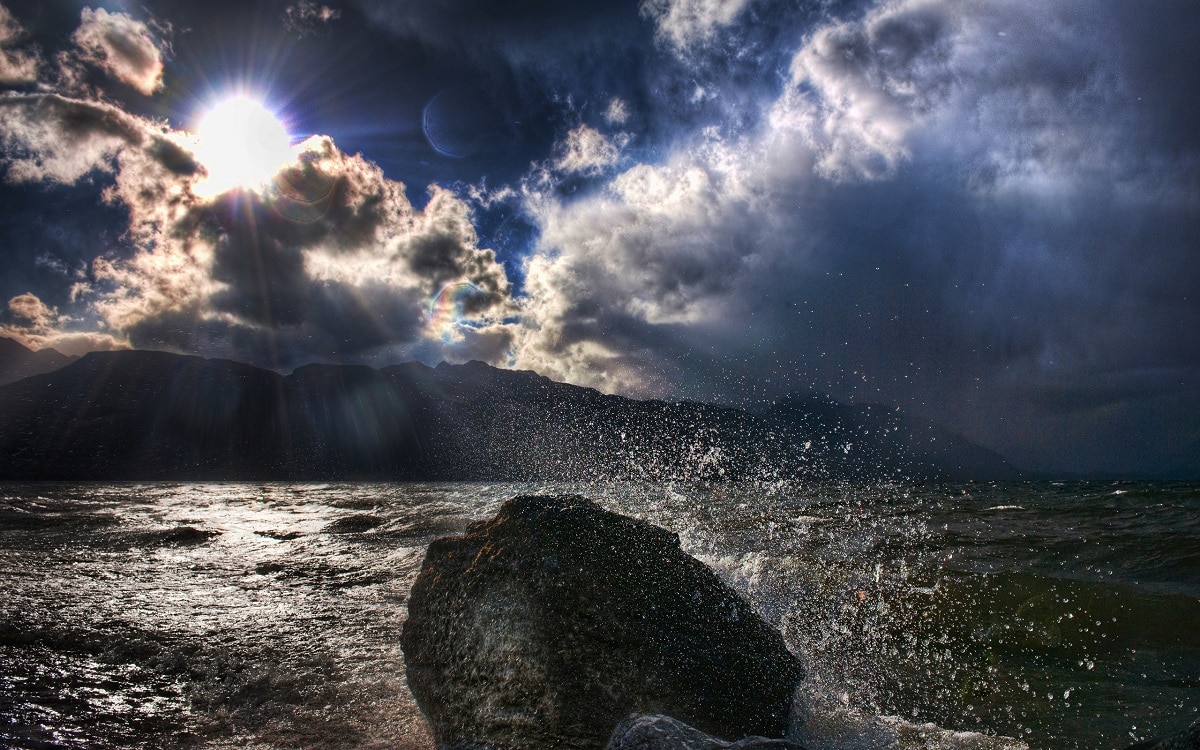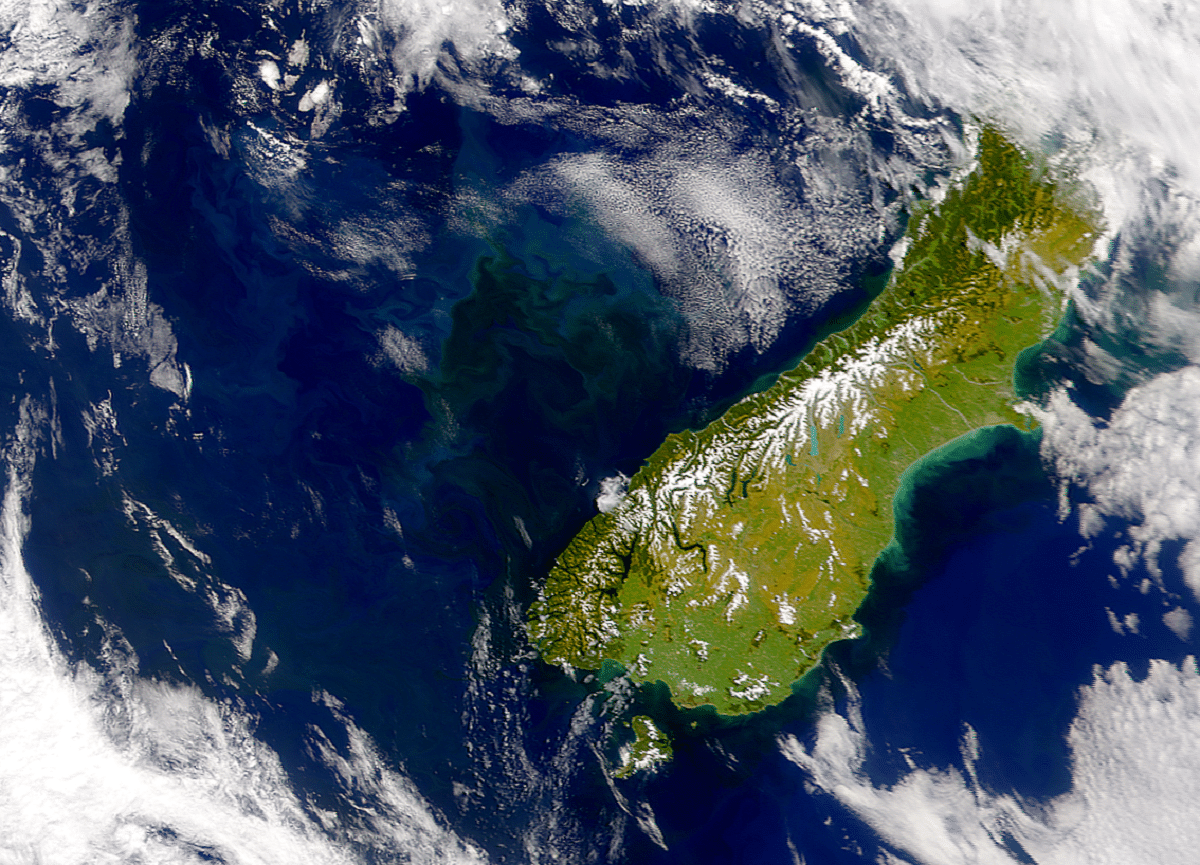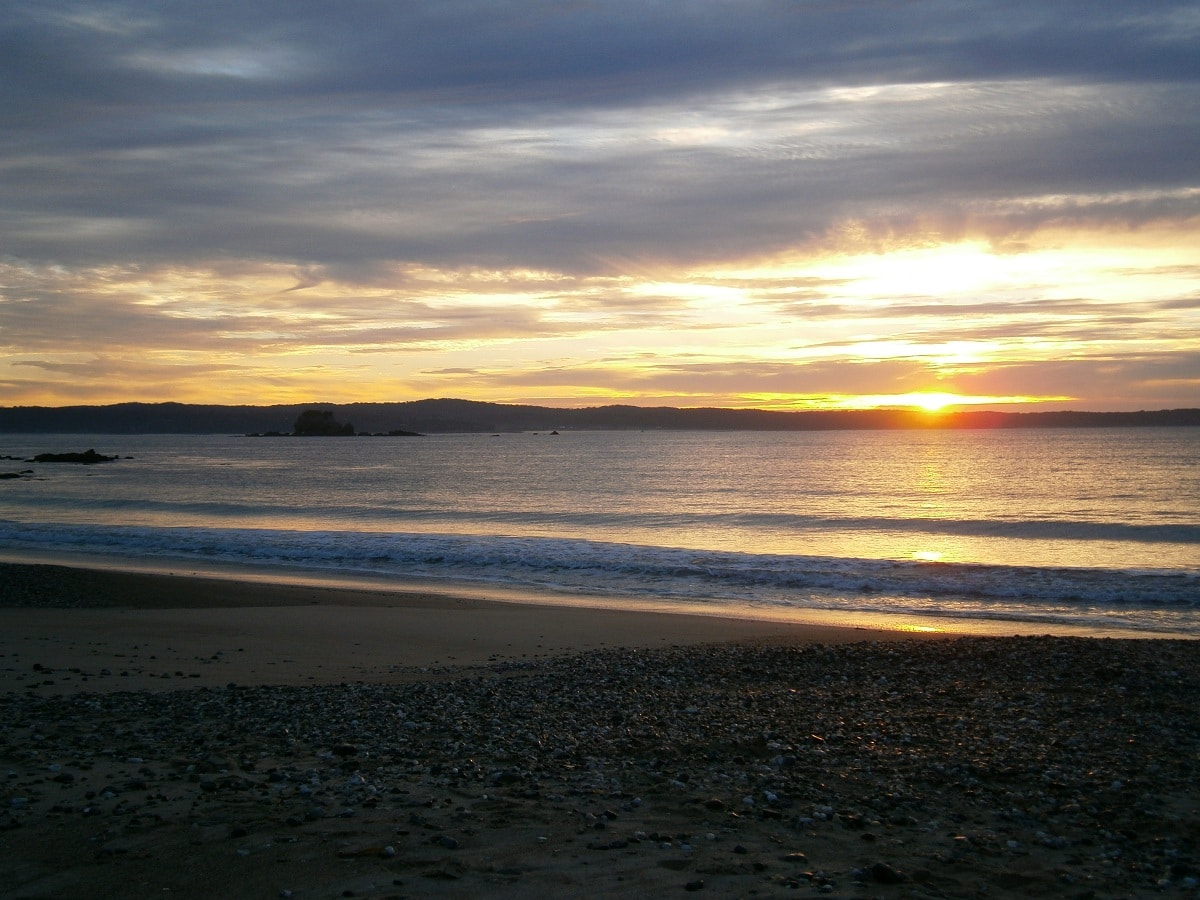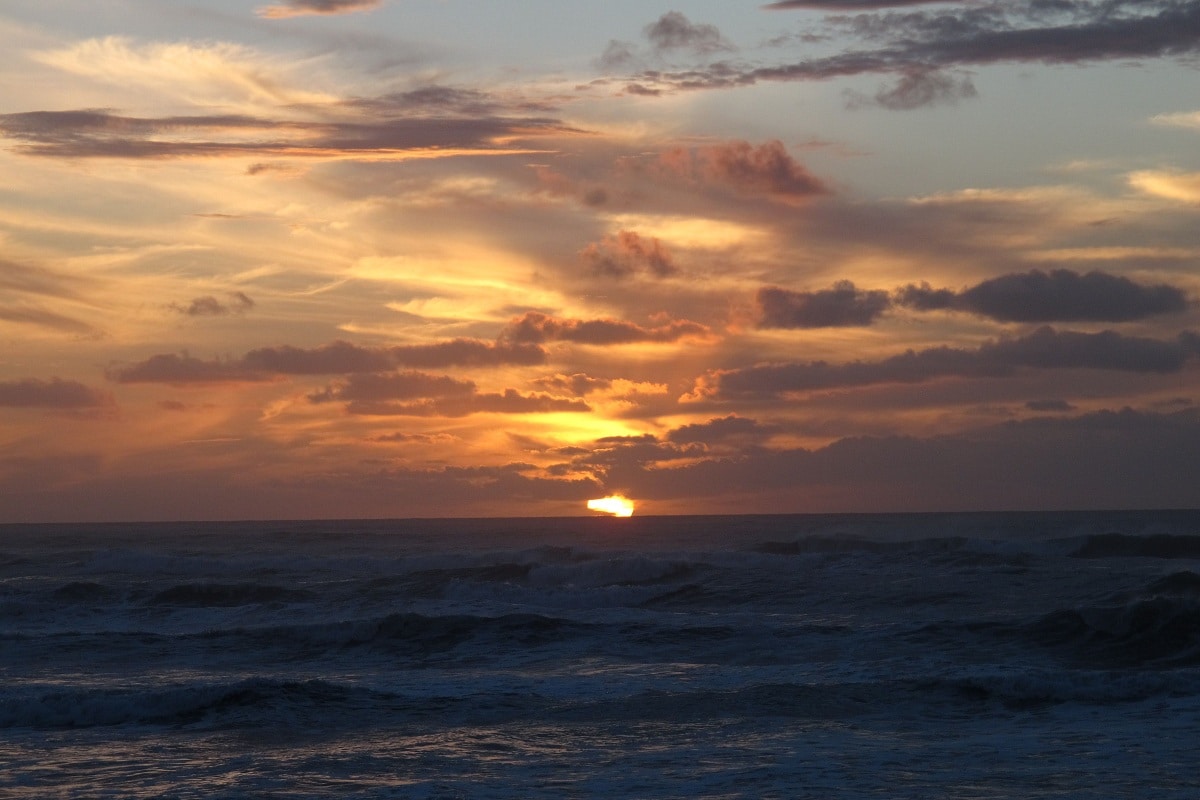
Today we are going to talk about a type of the sea that is unique in many ways. Its about tasman sea. It is located in the southern hemisphere and has a different climate, as well as a very diverse flora and fauna. This area can be clearly identified as the southernmost of the entire Pacific basin. It is located on the Coast of Australia and New Zealand that is washed by the Tasman Sea.
In this article we are going to tell you all the characteristics, formation, flora and fauna of the Tasman Sea.
Key features

The position of this sea is unique, since this entire area crosses several climatic zones. Another interesting question is its limits. It is the southernmost point of the Pacific Ocean basin. If we look at a map, we can see this sea as a great diamond that connects the continents. In this sea are numerous coral reefs, islands and a significant elevation of the bottom. Norfolk Island is the northernmost point of the border between the seas.
The Tasman Sea is impressive in size as it has an area of almost 3.5 million square kilometers. Its depth is too. The deepest part of this sea is known as the Tasmanian basin and has a depth of 6.000 meters. The island of Tasmania is the most famous in this sea. It is located on an island in southern Australia about 240 km.
This entire area is geologically active. Many scientists have been studying all the geological processes that take place in these areas. What stands out most about the Tasman Sea is the richness of biodiversity, both in flora and fauna. Unique animals are found here, the most famous of which is the Tasmanian devil. Also what to say that it has a lot of coral reefs. There is an area known as the coral island and it is a huge rock that it takes about 600 meters above sea level and is about 200 meters wide.
Unique indigenous populations are found on the island of Tasmania that are inhabited by very few people. For example, Lord Howe Island has populations of just 400 people. It is the oldest island in all this sea. Near the coastline we find smooth edges throughout the entire territory. In some coastal waters they are found at sandy bottoms and rock depths, clay and a mixture of both.
Tasman Sea climate

The Tasman Sea was discovered by Abel Tasman in 1640. Hence its name. There was hardly much information about this ocean years before. People didn't even know where in Australia they were.
Regarding the climate, we have variations throughout the region. Along the Tasman Sea is the tropical, subtropical and temperate climate. This variety of climates make it possible to develop a large amount of flora and fauna, which makes it a unique habitat. Weather conditions affect the ocean currents that can be found here. The hot air masses that circulate through these regions make the water reach up to 26 degrees. In the southernmost part there are colder waters due to the proximity to Antarctica. Some streams have large chunks of iceberg as temperatures drop below zero at certain times of the year.
The same happens with the tides. There are tidal movements that can reach 5 meters. It is also different in terms of storm regime. The winds that come from the Pacific Ocean are responsible for the existence of these storms. Increasing ocean surface temperatures make large amounts of warm air collide with colder air at altitude. When the hot air rises and meets cold air in height, they end up condensing and giving rise to rain clouds. With the contrast of temperatures very strong storms can originate that unleash some climatic disasters.
Especially it should be noted that between 40-50 degrees latitude is where there is a greater probability of storms.
The Tasman Sea and inhabitants

We have mentioned that the location has several climatic zones. This causes an impact on the inhabitants of these areas. In the northern area there is enough warming to have a tropical climate. In particular, it can be seen due to the existence of a greater quantity of fauna. In some of the species we find, we see sharks, flying fish and many mammals such as whales.
A large number of shark species inhabit the southern Tasman Sea. The great white is the most famous. Many tourists are afraid of its massive fins. There are continual expeditions with cages and diving equipment to observe white sharks. This tourist attraction is critical to the income of the Tasman Sea area. On the other hand, flying fish are impressive in size, sometimes reaching half a meter in length. It usually lives in warmer waters and has 4 fins. They can jump out of the water over a fairly high distance. The length of the flight over the sea surface depends on the speed of the water currents.
If you want to see cetaceans in the Tasman Sea you must go to the northern part. We can find sperm whales, gallows and fin whales. These cetaceans inhabit these places due to the sedimentation of zooplankton in the water. Whale watching is another of the most popular tourist activities.
Flora and fauna
Finally, we are going to talk about some of the flora and fauna species. Algae are the ones that grow the most in the northern area where the climate is warmer and more moderate. Cooler currents do not affect the abundance of fish. Species such as tuna, mackerel, Jorge, sole, among others, tend to be.
I hope that with this information you can learn more about the Tasman Sea and its characteristics.